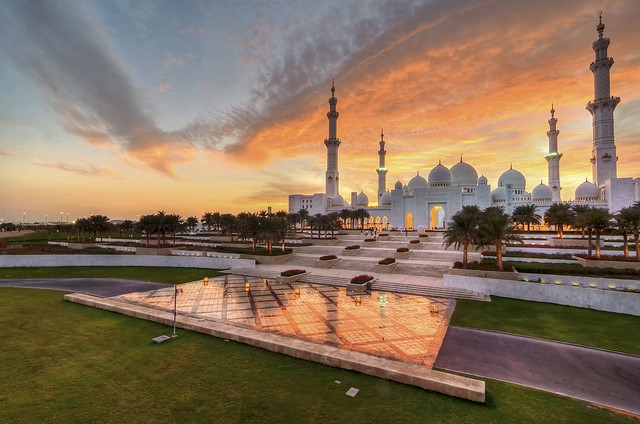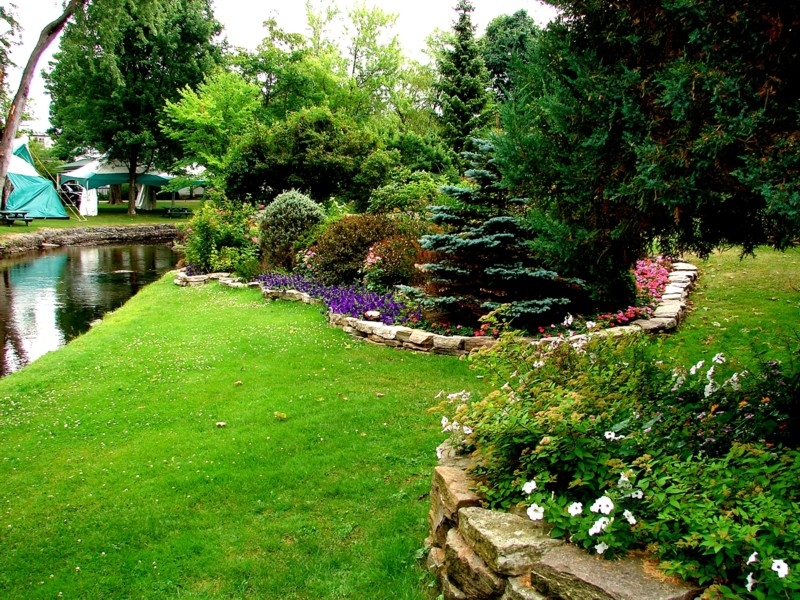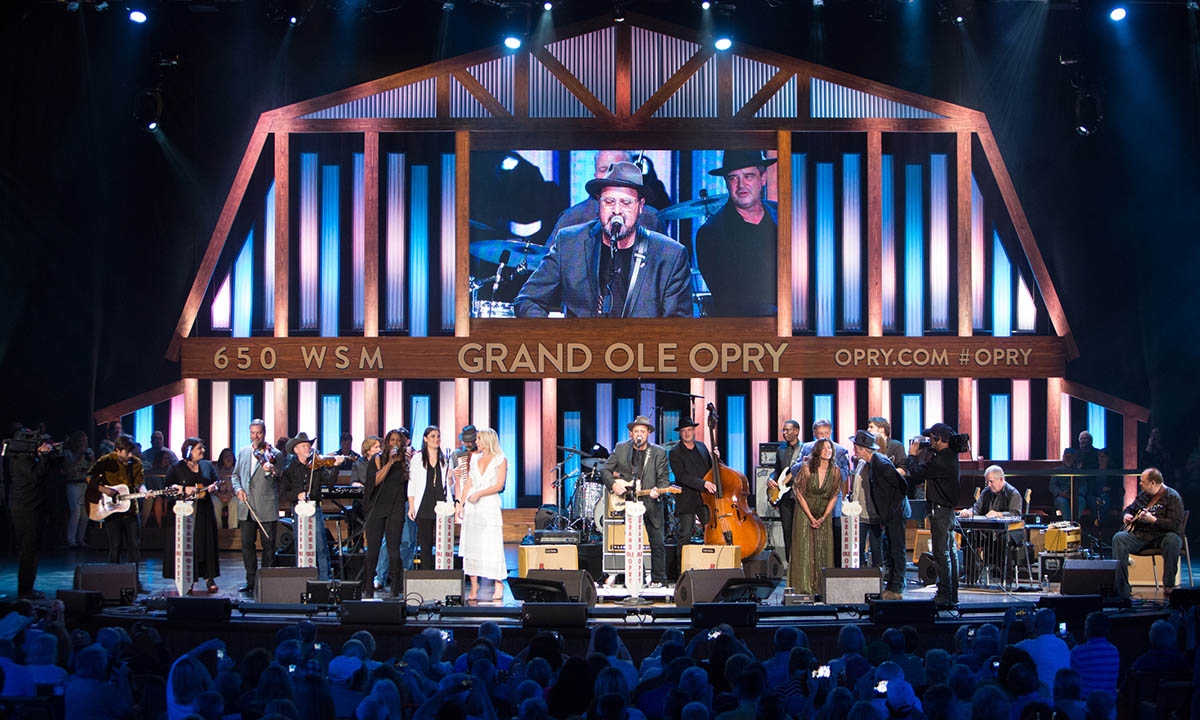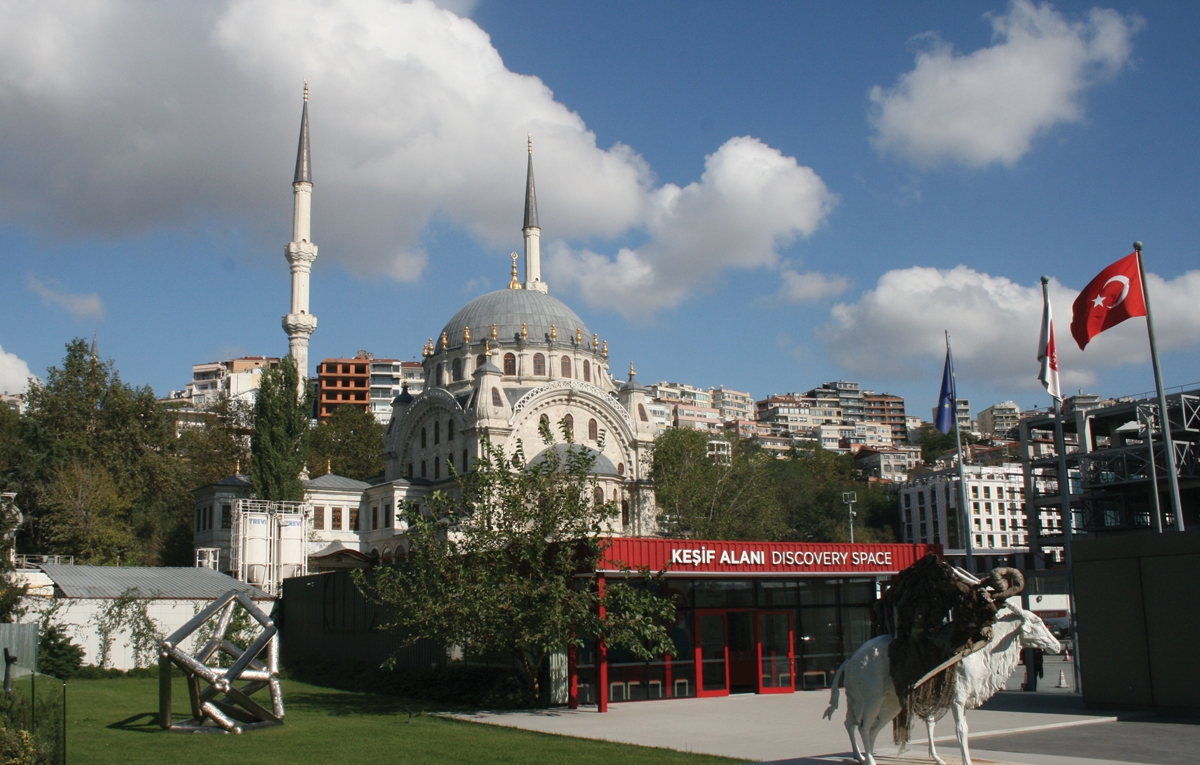
Glorious Istanbul
ISTANBUL: The grandest of European cities that serves as the cultural and spiritual meeting point where Europe meets Asia. Separated in the middle by the Bosphorus Sea, which is the geographic border between Europe and Asia, Istanbul is a thriving, lively, vibrant and affluent port city that is a traveler’s dream.
Most Istanbulites commute from “Europe to Asia” on one of the dozen public ferries that continuously crisscross the Bosphorus. The congestion fee, 20-minute ride is a great way to relax and get a sense of the daily routine of the locals. It also provides some of the best views of Istanbul’s historical monuments. One of my most wonderful memories of Istanbul was being on the upper deck of a public ferry early one evening enjoying a glass of hot Turkish tea.
There are three Bosporus bridges connecting various parts of Istanbul and it’s common to see dozens of men casting rods from up high. (The locals joke that these fishers are probably divorced and have nothing better to do!)
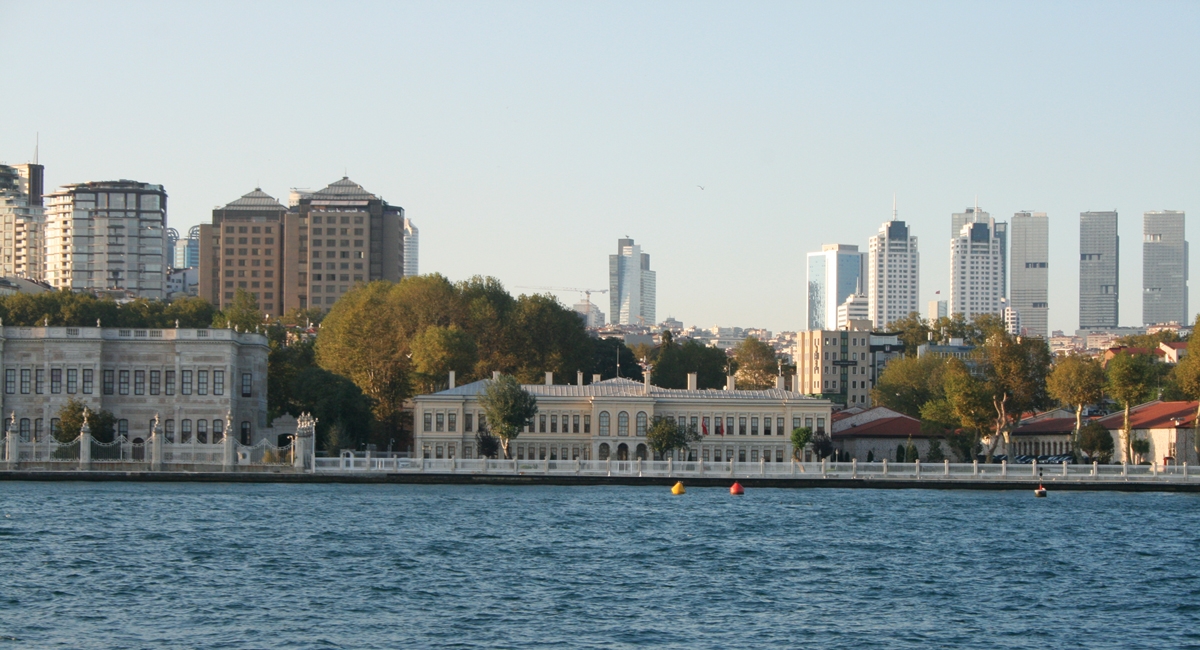
Istanbul has dozens of different neighbourhoods. I spent one half of a day walking around an older part of Istanbul called Çukurcuma. It’s a small district in the Beyoglu area; famous for its antique shops and artifacts. I also toured through Pera, the cosmopolitan district with its shops, ancient bazaars, mosques, and cathedrals. Pera’s multicultural make-up features a convergence of beautiful neo-classical, neo-renaissance and first-republic buildings and is home to the Galata Mevlevihanesi (whirling dervishes) and the nine-story medieval stone Galata Tower that soars over the Istanbul skyline. Once called the Tower of Christ, it was the tallest building in Istanbul when it was built in 1348 and remains popular today.
You can walk through the neighbourhood that features the site of the famous Hippodrome, where chariot races and athletic events took during the Roman period. Begun in 203 AD, it was continually enlarged until it could seat 100,000. Today, only remnants remain but you get a strong sense of its historic importance by visiting.
The Hagia Sophia is one of the world’s great tourist sites and is famous for its mosaics depicting various religious scenes. Built in 537 as a Greek Eastern Orthodox basilica and home to the Patriarch of Constantinople, it became a Roman Catholic Church in the 12th century and was the largest cathedral in the world. It became a mosque under Ottoman rule in 1453, and remained so until 1931, when it was closed. It 1935, it was reopened under Atatürk as a museum. Its Byzantine architecture served as the inspiration for other mosques, including the Blue Mosque.
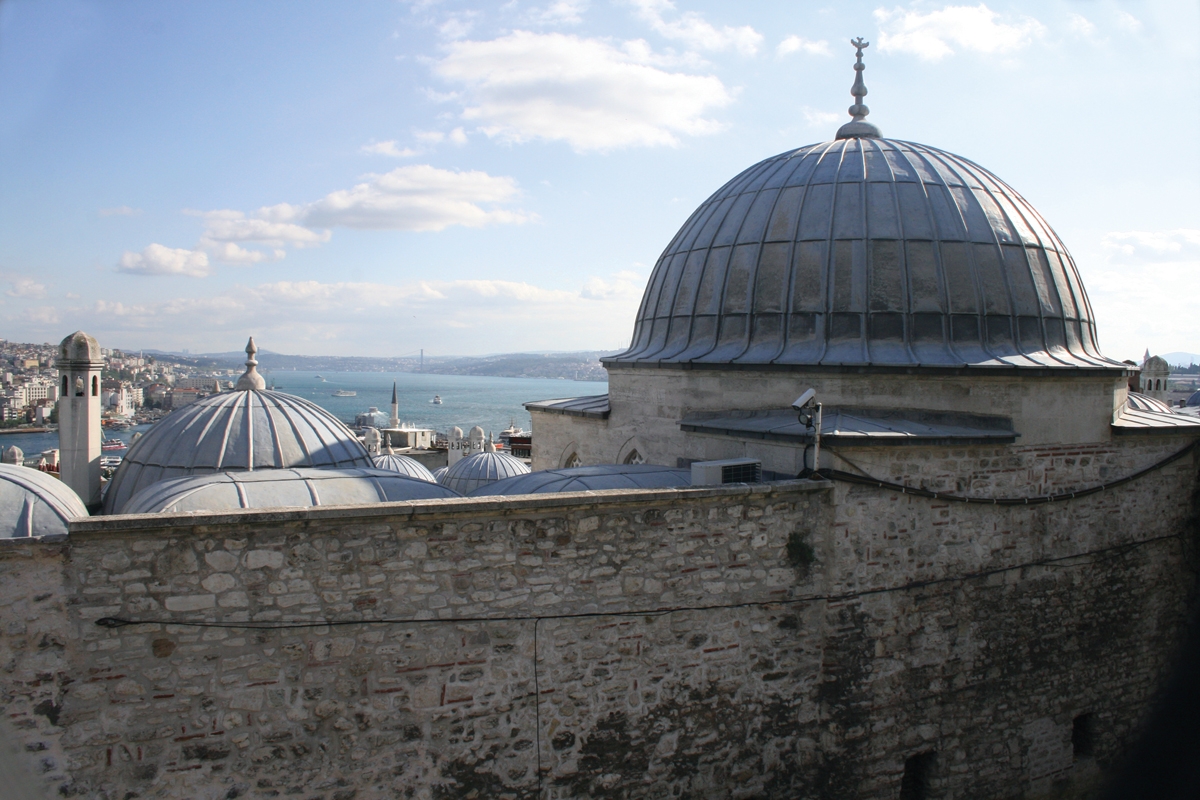
Be sure to visit The Blue Mosque. Built in the early 17th century by Sultan Ahmet. Its name is coined from the blue tiles on the dome and the upper levels of the interior. It remains an active mosque but is closed to sightseers during the five daily prayer times for Muslims. Its priceless treasures include 200 intricately designed stained glass windows and 20,000 ceramic tiles in various tulip designs.
A visit to the Basilica Cistern is a must. Literally underneath the city, you walk through the water system that has been providing Istanbul residents with water since the sixth century. The technology used by the ancient Romans to build this architectural wonder was very advanced for its day and was improved upon over the centuries. The cistern is metres away from the famous Blue Mosque and can hold up to 2.8-million cubic feet of water. In recent times, it is known as one of the locations used during the filming of From Russia with Love, the 1963 James Bond thriller.
The Dolmabahce Palace, built along the Bosphorus coastline, is often compared to the Palace of Versailles. Built by a Sultan in the 19th-century using 14 tons of gold leaf, Turkey’s most glamorous palace blends traditional Ottoman architecture with the European styles of Neoclassical, Baroque and Rococo. It was the home to six Sultans from 1856 to 1924; it also is home to the world’s largest Bohemian crystal chandelier, a gift from Queen Victoria.
The Suleymaniye Mosque was built in 1550 by the Sultan Suleyman the Magnificent. It is a glorious structure that blends the best of Islamic and Byzantine architecture. It was extensively damaged over the years, including being partially burned down during World War I, but was restored in the mid-20th century.
The Topkapi Palace sits atop a hill overlooking the Sea of Marmara, the Bosphorus and the Golden Horn. This must see attraction combines history and stunning scenery. It is surrounded by five kilometers of stone wall with 27 towers. It was once an official royal residence of the Ottoman Empire sultans and seat of Turkish government. Today, it is the largest and oldest palace museum in the world. You can visit the harem’s quarters, rooms where the government worked, a weapons room used by the sultans, the palace kitchens with their huge porcelain collection, and the treasury with its collection of jewels and clocks.
The Istanbul Archaeological Museum, founded in 1891, combines three museums into one: the Archaeological Museum, the Ancient Orient Museum and the Tiled Kiosk Museum. Together, they hold than 1-million objects from civilizations around the world, including the sarcophagus of Alexander the Great. The Constantine era Chora Church, also referred to as the Church of the Holy Savior is known for its exceptional Byzantine art, which includes mosaics and frescoes that depict the life of Jesus and Mary. During the Ottoman reign, it became a mosque, and in 1948, it was converted to a museum.
The Istanbul Modern Museum is worth a visit. It is the first private museum to organize modern and contemporary art exhibitions in Turkey. It occupies a large site on the shores of the Bosphorus. The 15th Istanbul Biennial “a good neighbour” brings together artworks by 56 artists from 32 countries, all addressing different notions of home, belonging and neighborhood.
Located in the Karakoy district, Galeri Nev Istanbul features Turkish contemporary artists and is worth visiting.
One of my favourite places in all of Turkey is the five-thousand shop Grand Bazaar which dates back to 1461 and continues to retain its title as the largest indoor marketplace in the world. You’ll need several hours to make your way through this incredibly vibrant and lively place where Turkish traditions, food, drink, culture, music, history, spices and people all seem to collide into one great experience. The shopkeepers are friendly and will negotiate prices, within reason. The bazaar is home to two mosques, four fountains, two steam baths, and the Cevahir Bedesten, (jewelry market) which is the oldest part of the Grand Bazaar.
Make sure to also visit the Istanbul Spice Bazaar in the Eminönü quarter of the Fatih district. If you’re a chef or a foodie, you may never want to leave. It features more exotic spices than anyplace in the world. Stop and have some Turkish tea in one of the shops.
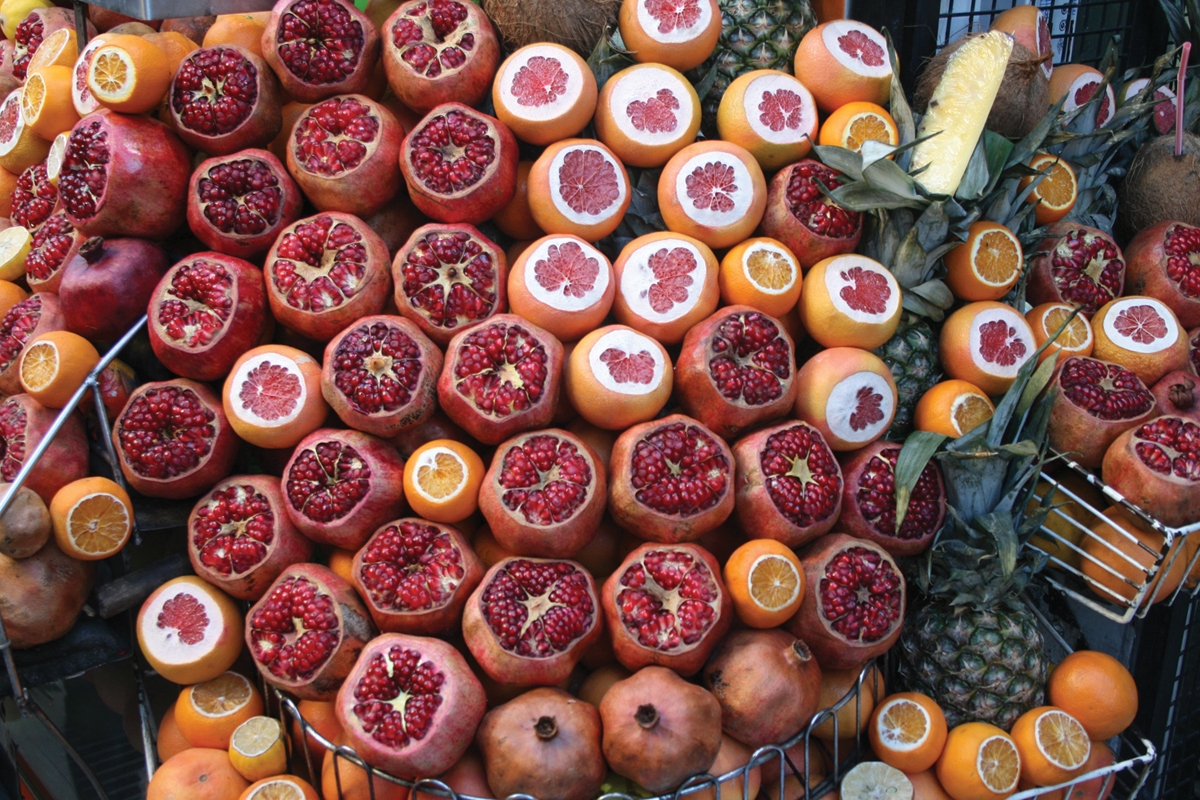
Accommodation and Food
If you want to feel a little bit like what is what like to live as a sultan in Turkey than you have to stay at the Çırağan Palace Kempinski Hotel. As one of the most luxurious hotels in Europe, it is the only Ottoman Imperial Palace and Hotel on the Bosphorus and the only hotel in Istanbul accessible by car, yacht, and helicopter. You’ll feel like a Sultan staying in this hotel with its century-old marble columns spa facilities, and its heated infinity outdoor pool, that sits right next to the Bosphorus. The hotel has 282 rooms and 20 suites in the main hotel section and 11 suites in the imperial palace section.
Tugra Restaurant is located on the first floor of the historical Çırağan Palace and serves exceptional Ottoman and Turkish fine dining with a breathtaking view of the Bosphorus. The word ‘Tugra’ describes the Ottoman sultans’ calligraphic signature, used like a letterhead or imperial seal, and the restaurant has specially designed plates incorporating this elegant motif. The executive chef, Sezai Erdogan, has taken inspiration for his menu from recipes recorded in the archives of historic sites such as the Topkapı Palace. His coconut kadayif, is a popular dessert that was first served to foreign palace visitors in the 1890s, and his aktma sakz böregi, is inspired by the thin pastry that Turkmen women roll with dexterity in their homes. The gastronomic experience at Tugra will have you trying once-in-a-lifetime culinary delights at one of Istanbul’s finest dining establishments.
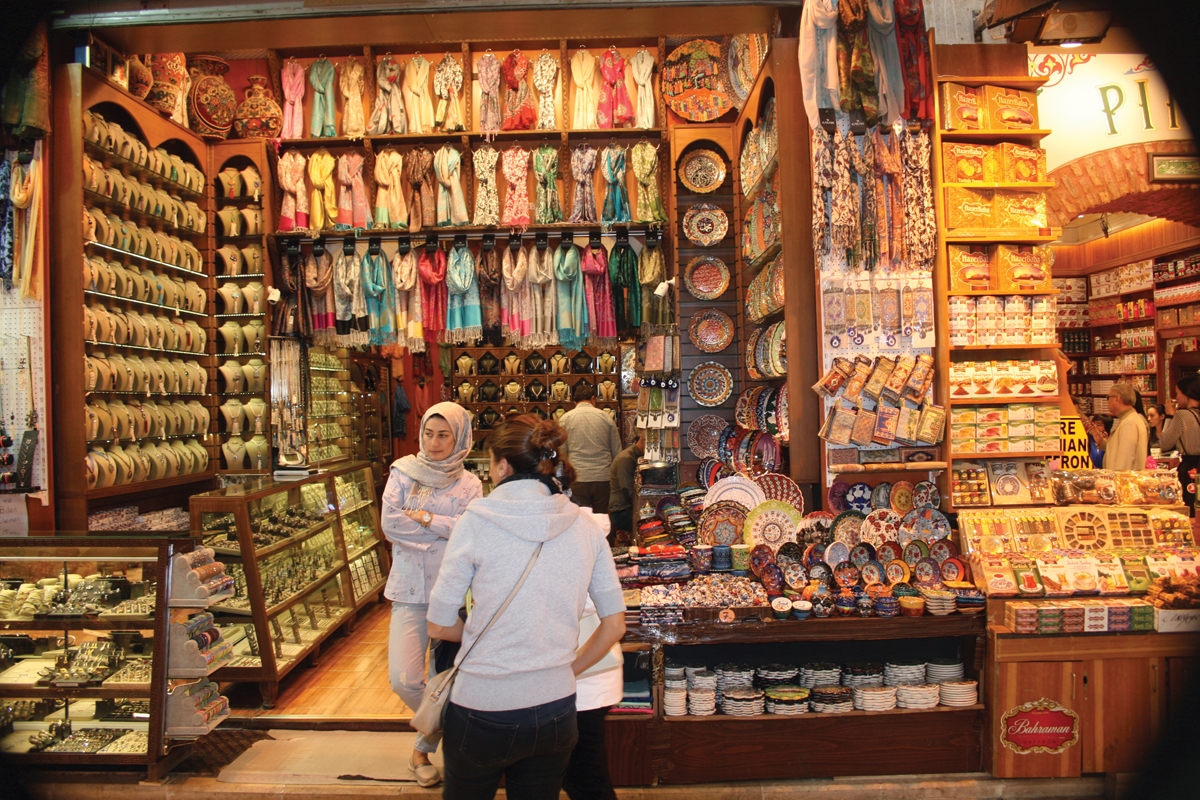
Another great option is the Fairmont Istanbul located in the Sisli, a lively neighbourhood with great shops, good food outlets close to the Taksim area. This newly-opened property features high-end, contemporary interior design, large rooms, and spa services.
The hotel’s Aila Restaurant offers authentic Turkish cuisine from all over Anatolia, combining seasonality and the best of locally-sourced ingredients, authentic mezze and ocakba and includes selections from the traditional Turkish grill that will expand your culinary horizons — all served in a chic ambiance.
Nar Lokanta is one of Istanbul’s hidden gems. Located at the Nuriosmaniye gate by the Grand Bazaar, it is on the 5th floor of a high-end carpet and textile store. The menu is an offering of Turkish classical tastes from grills to comfort food. It’s contemporary, open and has a nice view and is popular with the locals. You can also buy some interesting local spices and oils here.
Make sure you stop for lunch, dinner or drinks at Pera Palace Hotel. This historic Museum-hotel has hosted guests that include Agatha Christie. Kemal Ataturk, stayed here for the first time in 1917 and Room 101 is now the Ataturk Museum Room. It is painted in ‘sunset pink’, his favourite color, and is full of his possessions.
Capricorn Restaurant on the Bosporus is one of Istanbul’s most popular restaurants for good reason: Their Mediterranean-inspired seafood restaurant has exceptional food, wines and service and the patio is next to the Bosphorous. Fresh catch of the day is the way to go here.
After spending four days in Istanbul, I realized not how much I saw (and absolutely loved) but how much I missed. I’m already planning my trip back. You should too!
Capricorn Restaurant on the Bosporus is one of Istanbul’s most popular restaurants for good reason: Their Mediterranean-inspired seafood restaurant has exceptional food, wines and service and the patio is next to the Bosphorous. Fresh catch of the day is the way to go here.
After spending four days in Istanbul, I realized not how much I saw (and absolutely loved) but how much I missed. I’m already planning my trip back. You should too!
goturkeytourism.com


